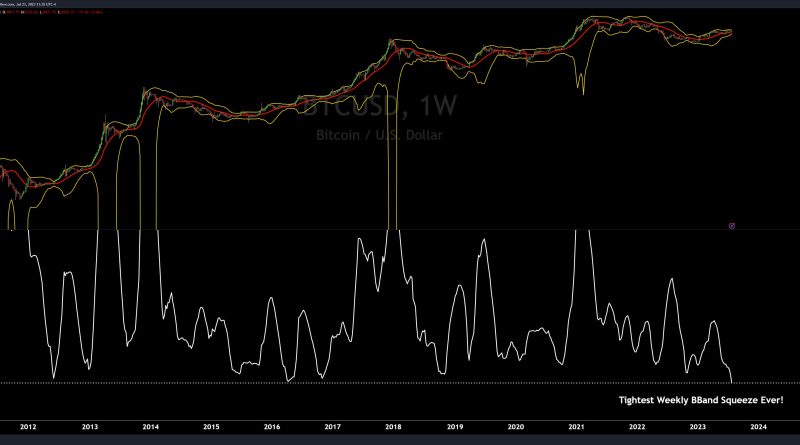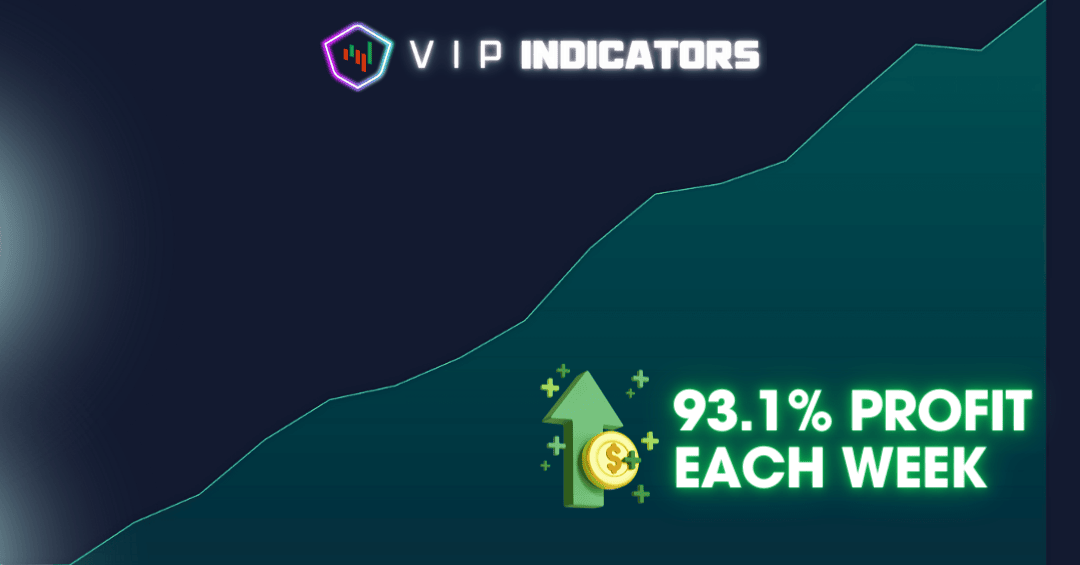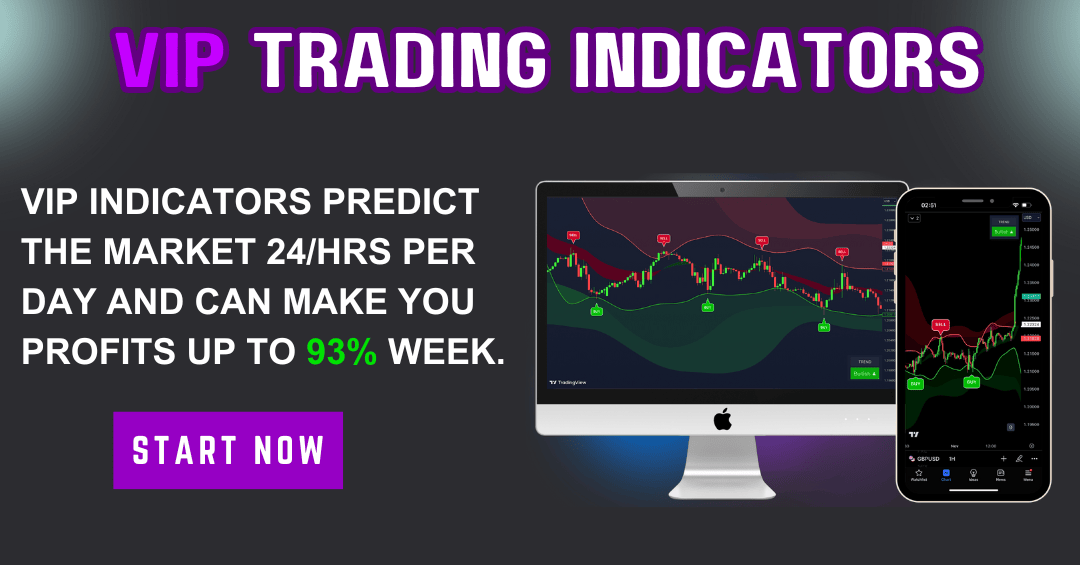10 Effective crypto charts Strategies for 2025 You Cant Miss
Table of Contents
- 1. Mastering Candlestick Patterns for Crypto Charts
- 2. Using Moving Averages to Detect Trends
- 3. Analyzing Volume for Confirmations
- 4. Applying Fibonacci Retracements
- 5. Recognizing Breakout and Breakdown Signals
- 6. Combining Indicators for Better Accuracy
- 7. Chart Patterns: Head and Shoulders & More
- 8. Incorporating RSI and Stochastic Oscillators
- 9. Using Volume Profile for Market Insights
- 10. Implementing Risk Management with Crypto Charts
1. Mastering Candlestick Patterns for Crypto Charts
Understanding Candlestick Basics
When it comes to analyzing crypto charts in 2025, mastering candlestick patterns is essential. These visual tools reveal market sentiment and potential reversals effectively. Candlestick charts display four key data points: open, high, low, and close, giving traders a snapshot of price behavior within a specific timeframe. Recognizing patterns like Doji, Hammer, and Engulfing can provide early signals of trend reversals or continuations, giving you a crucial edge.
For example, a hammer pattern after a downtrend often indicates a bullish reversal. Conversely, shooting stars signal potential bearish moves. In recent years, the importance of candlestick analysis has increased as markets become more volatile, especially with increased institutional participation. Mastering these patterns allows you to act swiftly and confidently in the rapidly changing crypto environment of 2025.
Practical tip: Use candlestick patterns together with other indicators to confirm signals. Relying solely on patterns can sometimes lead to false signals, so always look for additional confirmation from volume or trend indicators.
2. Using Moving Averages to Detect Trends
The Power of Moving Averages
In the fast-paced world of crypto trading, moving averages (MAs) are invaluable tools in crypto charts analysis. They smooth out price data to identify the overall trend direction. Simple Moving Averages (SMA) and Exponential Moving Averages (EMA) are the most common types, with EMAs giving more weight to recent prices, making them more responsive for 2025 markets.
For example, a 50-day and 200-day moving average crossover is a classic indicator of trend shifts. When the 50-day MA crosses above the 200-day MA, it signals a bullish trend, known as a golden cross. Conversely, a death cross indicates potential bearishness. Traders increasingly rely on these signals to make timely decisions in the volatile crypto markets of 2025.
Actionable tip: Combine moving averages with volume analysis to confirm trend changes. Using trading platforms with built-in charting tools makes implementing these strategies quick and straightforward.
3. Analyzing Volume for Confirmations
The Significance of Trading Volume
Volume is often considered the ‘fuel’ for crypto charts, providing vital confirmation for price movements. In 2025, analyzing volume alongside price action helps traders avoid false breakouts or fakeouts. An increase in volume during a breakout suggests strong support for the move, while declining volume can signal weakness or potential reversal.
For instance, if a crypto chart shows a breakout above resistance with a surge in trading volume, it indicates genuine buying interest. On the other hand, a breakout on low volume might be a false signal. Analyzing volume patterns requires paying attention to volume spikes, divergences, and volume bars relative to price action.
Practical strategy: Use volume to validate chart patterns like flags, pennants, or head and shoulders. It ensures your trading decisions are based on powerful confirmation signals.
4. Applying Fibonacci Retracements
How Fibonacci Levels Inform Crypto Charts
Fibonacci retracement tools are popular among traders analyzing crypto charts in 2025, especially during retracement phases within a trending market. By plotting key Fibonacci levelsâ23.6%, 38.2%, 50%, 61.8%, and 78.6%âyou can identify potential reversal zones. These levels often act as support or resistance, guiding entry and exit points.
For example, after a strong rally, a crypto asset may retrace to the 50% or 61.8% level before resuming the trend. Incorporating these retracement levels into your analysis helps you pinpoint where buying or selling might occur, increasing your chances of success. Many successful traders have used Fibonacci retracements to maximize gains and minimize risks.
Tip: Combine Fibonacci retracement with volume analysis for more robust signals. Look for confluences where Fibonacci levels align with other indicators for high-probability trades.
5. Recognizing Breakout and Breakdown Signals
Spotting Market Movements with Crypto Charts
In the dynamic crypto markets of 2025, identifying breakouts and breakdowns on crypto charts is crucial. A breakout occurs when the price moves above resistance, signaling potential bullish momentum. Conversely, breakdowns below support levels can warn of imminent decline. Recognizing these signals early allows traders to capitalize on major price swings.
Key indicators include volume surges, chart pattern completions, and support/resistance levels. For instance, a breakout accompanied by heavy volume suggests strong conviction among traders. Platforms now provide real-time alerts for such signals, helping traders act swiftly to seize lucrative opportunities.
Pro tip: Always confirm breakout signals with additional indicators like RSI or moving averages to avoid false entries in volatile markets.
6. Combining Indicators for Better Accuracy
Multi-Indicator Strategies on Crypto Charts
Relying on a single indicator can be risky, especially in 2025’s unpredictable crypto landscape. Combining multiple indicators like RSI, MACD, Bollinger Bands, and volume creates a more composite picture, reducing false signals. This multisignal approach is vital for making precise trading decisions based on crypto charts.
For example, if RSI shows overbought conditions while MACD signals a bearish crossover, and volume diminishes, there’s a higher probability of a reversal. Such layered analysis enhances your confidence and increases your success rate. The trend is clear: in 2025, diversification of analysis tools on crypto charts leads to smarter trading decisions.
Practical tip: Maintain a checklist of indicators to monitor during each trade setup to ensure comprehensive analysis.
7. Chart Patterns: Head and Shoulders & More
Identifying Reversal Patterns
Classic chart patterns like head and shoulders, double tops/bottoms, and triangles are still highly relevant in 2025 for crypto charts analysis. These patterns reveal potential reversals and trend continuations, helping traders anticipate future moves. Recognizing them early on your crypto charts provides a strategic advantage.
For example, a head and shoulders pattern signals a possible trend reversal from bullish to bearish. Conversely, an inverse head and shoulders indicates a bullish reversal. The key is identifying these patterns early and confirming them with other signals such as volume or trendlines.
Tip: Practice spotting these patterns on different timeframes, as their implications can vary with chart scale. Combining pattern recognition with other tools yields more reliable signals.
8. Incorporating RSI and Stochastic Oscillators
Timing Crypto Trades with Momentum Indicators
The Relative Strength Index (RSI) and stochastic oscillators are momentum tools well-suited for crypto charts analysis in 2025. They help identify overbought or oversold conditions, indicating potential reversals or entries. RSI values above 70 suggest overbought levels, while below 30 indicates oversold states.
Similarly, stochastic oscillators compare closing prices to their price ranges over a specific period, offering quick signals for market turns. Combining these oscillators with trend analysis enhances your timing and increases your probability of success. These tools are invaluable for adapting to the rapidly changing crypto landscape in 2025.
Pro tip: Look for divergence signals between the price and the RSI or stochastic for early reversal clues.
9. Using Volume Profile for Market Insights
Deep Analysis with Volume at Price
Volume Profile is a powerful tool that displays trading activity at specific price levels, giving you an edge when analyzing crypto charts in 2025. It highlights zones of high trading interest, indicating strong support or resistance levels. This granular approach helps traders identify where the majority of market participants are active.
For example, a high-volume node at a particular price could act as a critical support level during retracement. Use this insight to plan entries, exits, or stop-loss placements. This technique provides a precise understanding of market structure that traditional volume bars canât offer.
Tip: Integrate Volume Profile with other technical tools for a comprehensive market view.
10. Implementing Risk Management with Crypto Charts
Protecting Your Investments in 2025
Effective risk management is the foundation of successful trading with crypto charts in 2025. Use stop-loss and take-profit levels based on your chart analysis to protect your capital. Setting realistic risk-to-reward ratios ensures you stay profitable over the long term.
For example, if you identify a potential bullish setup on a crypto chart, place a stop-loss just below the identified support level. Likewise, determine a target based on resistance levels or Fibonacci extensions. This disciplined approach minimizes losses and maximizes gains, especially in highly volatile markets.
Action tip: Regularly review and adjust your risk parameters as market conditions evolve to keep your trading sustainable and profitable.
Conclusion
As we look ahead to 2025, mastering the art of crypto charts analysis remains vital for successful trading. Implementing these 10 effective strategies can significantly improve your ability to read the markets, spot profitable opportunities, and manage risk effectively. Whether you’re using candlestick patterns, moving averages, volume analysis, or chart patterns, these techniques empower you to make smarter, more informed decisions. Remember, consistently honing your skills with crypto charts is the key to thriving in the dynamic digital asset landscape of 2025.
Frequently Asked Questions
1. Why are crypto charts important for traders in 2025?
Crypto charts provide visual insights into price movements, market sentiment, and potential reversal points, essential for making informed trading decisions in the volatile crypto environment of 2025.
2. How can I improve my analysis of crypto charts?
Combine multiple technical indicators, practice pattern recognition, and stay updated with market news. Using advanced tools like Volume Profile and Fibonacci retracements can also enhance your analysis.
3. What is the best way to manage risk using crypto charts?
Set stop-loss and take-profit levels based on support/resistance and chart patterns. Always use a favorable risk-to-reward ratio and adapt your risk management plan as market conditions change.
4. How do I identify reliable breakout signals on crypto charts?
Look for volume surges supporting price movements, confirmation from multiple indicators, and breaking key support or resistance levels to validate breakouts.
5. Can these crypto charts strategies work for all cryptocurrencies?
Yes, these strategies are versatile and applicable across most digital assets, but always tailor your approach to the specific volatility and trading volume of each crypto.
Related Content
- Bitcoin selling for $5K cheaper on Binance Australia as fiat ramp closes
- ‘Don’t short when it’s dark green’ — How to trade the 2024 Bitcoin halving
- 3 reasons why Bitcoin’s price is primed to hold the $30,000 level as support
- Oprah and The Rock collect crypto donations for Maui wildfire victims
- HK crypto ETFs on fire, Binance warns on Maverick FOMO, Poly hack: Asia Express


